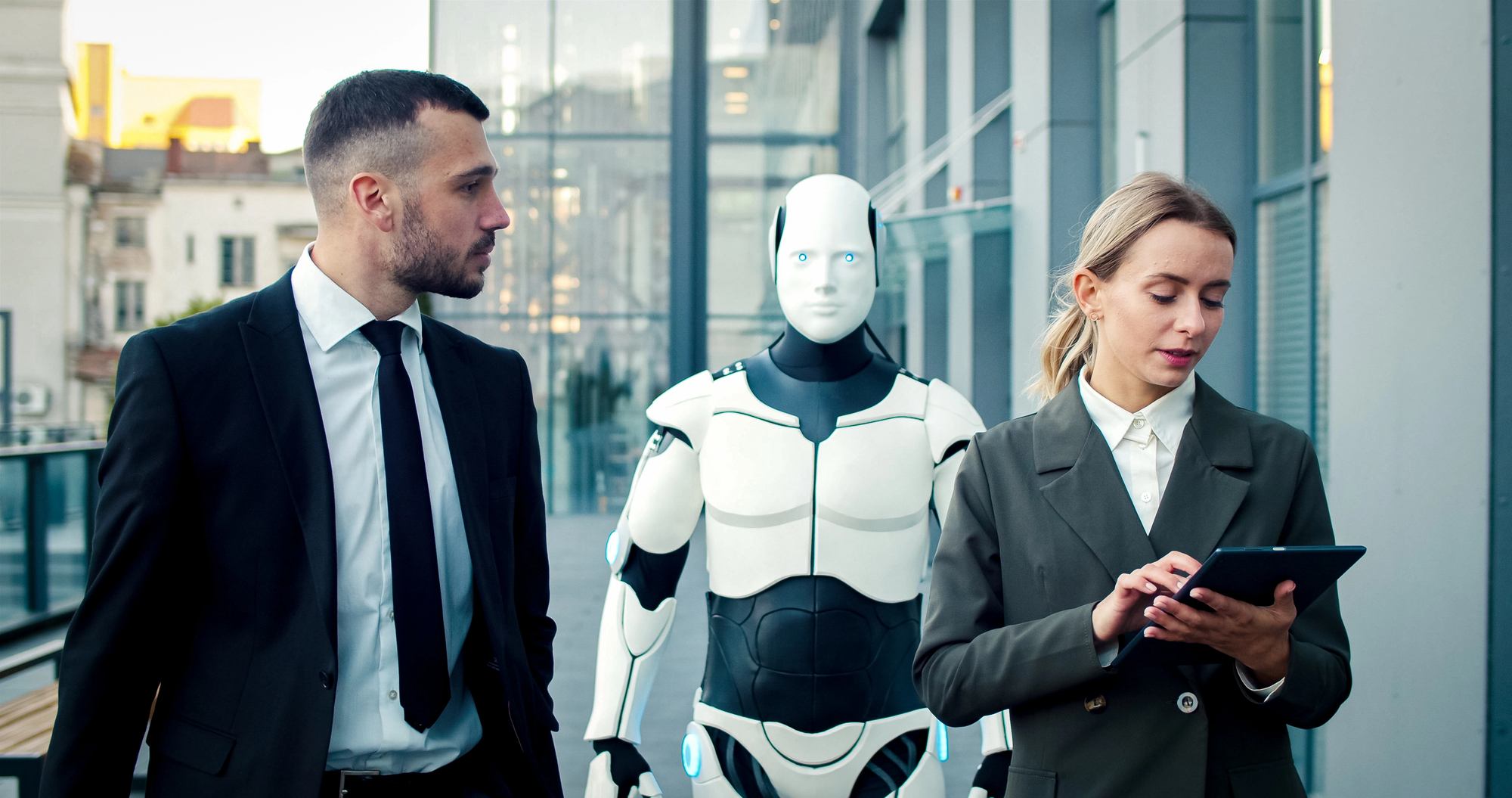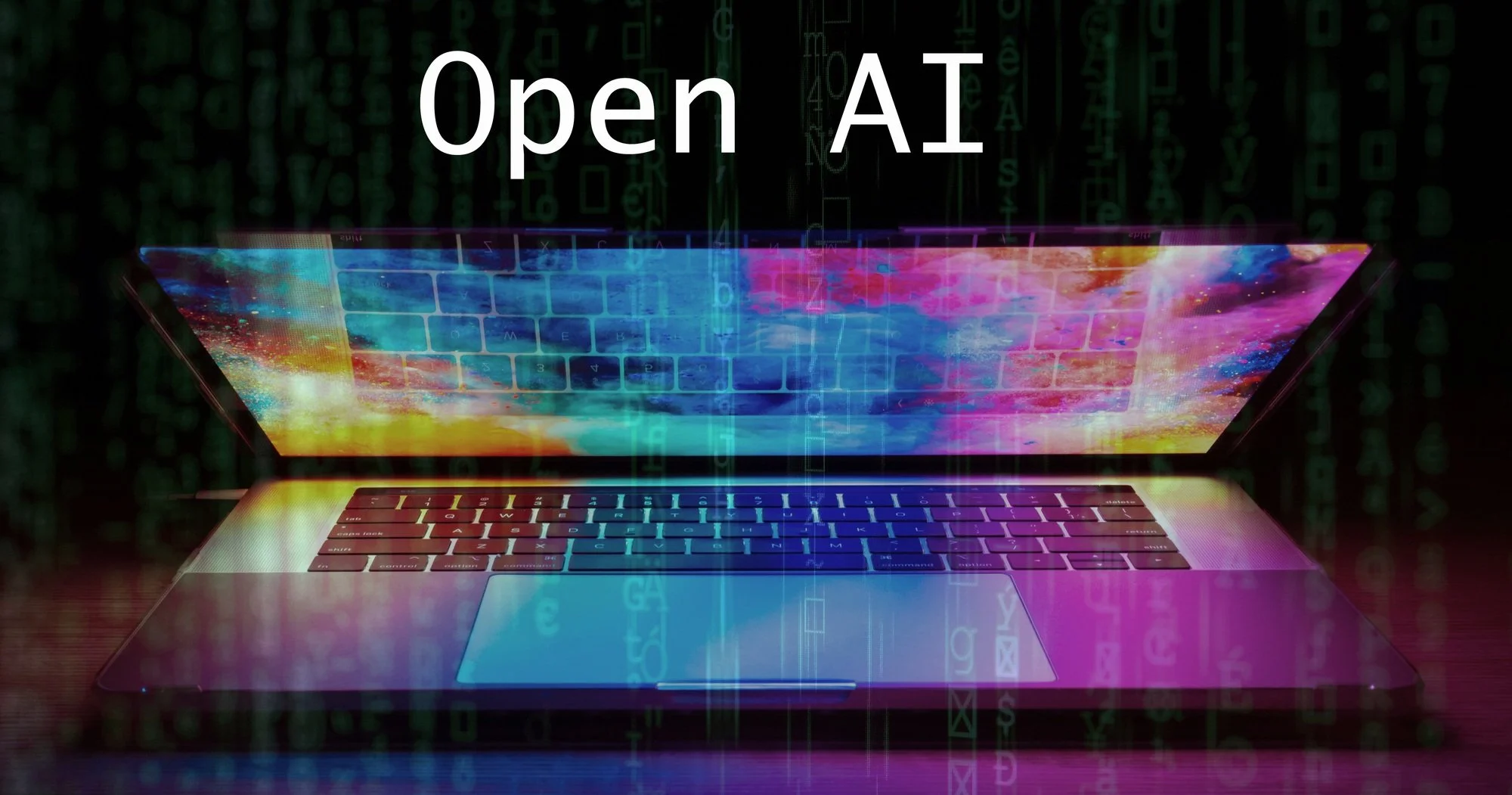MIT professor emeritus Rodney Brooks has been posting an annual Predictions Scorecard in rodneybrooks.com since January 1, 2018, where he predicts future milestones in three technology areas: AI and robotics, self driving cars, and human space travel. He also reviews the actual progress in each of these areas to see how his past predictions have held up. On January 1 he posted his 2025 Predictions Scorecard.
Read MoreAbout three years ago I started following and writing about Generative AI (GenAI), Large Language Models (LLMs), chatbots, and related topics. Then a few months ago I started hearing about agentic AI, and since then I’ve been trying to better understand what agentic AI is all about.
Read More“Broadly speaking, agentic systems refer to digital systems that can independently interact in a dynamic world,” explained a McKinsey reportpublished in July of 2024. “While versions of these software systems have existed for years, the natural-language capabilities of gen AI unveil new possibilities, enabling systems that can plan their actions, use online tools to complete those tasks, collaborate with other agents and people, and learn to improve their performance. Gen AI agents eventually could act as skilled virtual coworkers, working with humans in a seamless and natural manner. … In short, the technology is moving from thought to action.”
Read More“Our data is everywhere and powering everything,” noted “Pathways to Open Data,” a report by Linux Foundation Researchpublished in March of 2025. “From marketing, to healthcare, to government services, to the emerging phenomenon of programming AI agents, organizations leverage data to be as efficient and effective as possible. However, data is often siloed within entities and any third-party data access requires overcoming significant technical, legal, economic, operational, and cultural obstacles that are multifactorial and at times may seem intractable. The increasing reliance on data calls for an assessment of these obstacles and how organizations can shift toward greater openness and sharing.”
Read MoreI’ve been following the evolution of AI since the 1970s, especially the more recent era of data-centric AI systems based on highly sophisticated models trained with large amounts of information and powerful computer technologies. We were wowed when in 1997 Deep Blue won a celebrated chess match against then reigning champion Gary Kasparov, — one of the earliest, most concrete grand challenges of AI. The 2010s saw increasingly powerful deep learning AI systems surpass human levels of performance in a number of tasks like image and speech recognition, skin and breast cancer detection, and playing championship-level Go.
Read MoreOn December 29, the WSJ published “Will AI Help or Hurt Workers?,” an article based on a research paper by Aidan Toner-Rodgers, a second year PhD student in MIT’s Economics Department. One of the reasons the WSJ article caught my attention is that it featured a photo of the MIT graduate student in between two of the world’s top economists whose research I’ve closely followed for years: Daron Acemoglu, — who in October was named a co-receipient of the 2024 Nobel Memorial Prize in Economic Science, and David Autor (along with his dog Shelby) — who was a co-chair of a multi-year, MIT-wide Taskforce on the impact of AI on “The Work of the Future.”
Read More“Open source software (OSS) has become a driving force behind innovation, collaboration, and the democratization of technology,” said the 2024 Global Spotlight Insights Report. The report, published last month by Linux Foundation Research, analyzed regional and industry differences in open source opportunities and challenges and tracked year-over-year trends…
Read MoreIn 2022 Congress requested a study by the National Academies on the current and future impact of AI on the US workforce. The report, “Artificial Intelligence and the Future of Work,” was released in November of 2024. The three year study was conducted by a Committee of experts from universities and private sector institutions co-chaired by Stanford professor Erik Brynjolfsson and CMU professor Tom Mitchell.
Read More“Social media provide a steady diet of dire warnings that artificial intelligence (AI) will make software engineering (SE) irrelevant or obsolete,” wrote CMU computer scientists Eunsuk Kang and Mary Shaw in their September, 2024 paper, “tl;dr: Chill, y’all: AI Will Not Devour SE.” [tl;dr: a summary of a longer text]. “To the contrary, the engineering discipline of software is rich and robust; it encompasses the full scope of software design, development, deployment, and practical use; and it has regularly assimilated radical new offerings from AI.”
Read More“Digital twins are fast becoming part of everyday life,” said the lead article in the August 31 issue of The Economist. A Digital Twin is essentially a computerized companion to a real-world entity, be it an industrial physical asset like a jet engine, an individual’s health profile, or a highly complex system like a city.
Read MoreEarlier this year, the Stanford Institute for Human-Centered Artificial Intelligence released the 2024 AI Index Report, its seventh annual edition of the impact, progress, and trends in AI. At over 500 pages and 9 chapters, the report aims to be the world’s most authoritative source for data and insights about AI in order to help develop a more thorough understanding of the rapidly advancing field of AI.
Read MoreThe 2024 MIT Sloan CIO Symposium took place on Tuesday, May 14 at the Royal Sonesta, a hotel overlooking the Charles River a short walk from the MIT campus in Cambridge, MA. Not surprisingly, AI was the dominant theme in this year’s Symposium, with a number of keynotes and panels on the topic. In addition, a pre-event program was added on the day before the Symposium, which included a number of more informal roundtable discussions on various aspects of AI, such as legal risks in AI deployment, AI as a driver for productivity, and human’s role in AI-augmented workplaces.
Read More“Blockchain is one of the major tech stories of the past decade,” said a December, 2022 McKinsey article, “What is Blockchain.” “Everyone seems to be talking about it — but beneath the surface chatter there’s not always a clear understanding of what blockchain is or how it works. Despite its reputation for impenetrability, the basic idea behind blockchain is pretty simple,” namely: “Blockchain is a technology that enables the secure sharing of information.”
Read More“The Coming AI Economic Revolution: Can Artificial Intelligence Reverse the Productivity Slowdown?” was recently published in Foreign Affairs by James Manyika and Michael Spence, two authors I’ve long admired. James Manyika is senior VP of research, technology and society at Google, after serving as chairman and director of the McKinsey Global Institute from 2009 to 2022. Michael Spence, a co-recipient of the 2001 Nobel Prize in Economics, is professor in economics and business at NYU’s Stern School of Business, and was previously professor of management and dean of the Stanford Graduate School of Business.
Read More“Since the 1980s, open source has grown from a grassroots movement to a vital driver of technological and societal innovation,” said “Standing Together on Shared Challenges,” a report published by Linux Foundation Research in December of 2023. “The idea of making software source code freely available for anyone to view, modify, and distribute comprehensively transformed the global software industry. But it also served as a powerful new model for collaboration and innovation in other domains.”
Read MoreSince the advent of the Industrial Revolution, general purpose technologies (GPTs) have been the defining technologies of their times. Their ability to support a large variety of applications can, over time, radically transform economies and social institutions. GPTs have great potential from the outset, but realizing their potential takes large tangible and intangible investments and a fundamental rethinking of firms and industries, including new processes, management structures, business models, and worker training. As a result, realizing the potential of a GPT takes considerable time, often decades. Electricity, the internal combustion engine, computers, and the internet are all examples of historically transformative GPTs.
Read More“Machine learning has an AI problem,” wrote author Eric Siegel in a recent Harvard Business Review (HBR) article, “The AI Hype Cycle is Distracting Companies.” “With new breathtaking capabilities from generative AI released every several months — and AI hype escalating at an even higher rate — it’s high time we differentiate most of today’s practical ML projects from those research advances. This begins by correctly naming such projects: Call them ML, not AI. “Including all ML initiatives under the AI umbrella oversells and misleads, contributing to a high failure rate for ML business deployments. For most ML projects, the term AI goes entirely too far — it alludes to human-level capabilities.”
Read More“One of the fundamental limitations of AI can be characterized as its lack of commonsense intelligence: the ability to reason intuitively about everyday situations and events, which requires rich background knowledge about how the physical and social world works,” wrote University of Washington professor Yejin Choi in “The Curious Case of Commonsense Intelligence,” an essay published in the Spring 2022 issue of Dædalus. “Trivial for humans, acquiring commonsense intelligence has been considered a nearly impossible goal in AI, added Choi.”
Read MoreOver the past few decades, powerful AI systems have matched or surpassed human levels of performance in a number of tasks such as image and speech recognition, skin cancer classification, breast cancer detection, and highly complex games like Go. These AI breakthroughs have been based on increasingly powerful and inexpensive computing technologies, innovative deep learning (DL) algorithms, and huge amounts of data on almost any subject. More recently, the advent of large language models (LLMs) is taking AI to the next level. And, for many technologists like me, LLMs and their associated chatbots have introduced us to the fascinating world of human language and cognition.
Read MoreA few weeks ago, The Economist published “The World Ahead 2023”, its 37th annual year-end issue that examines the trends and events that will likely shape the coming year. Two years ago, “The World in 2021” said that we should expect unusual uncertainty in the coming year, given the interactions between the still flourishing covid-19 pandemic, an uneven economic recovery and fractious geopolitics. Last year, “The World Ahead 2022” said that 2022 would be a year of adjusting to new realities in areas like work and travel being reshaped by the pandemic, and as deeper trends like the rise of China and accelerating climate change reasserted themselves.
Read More



















